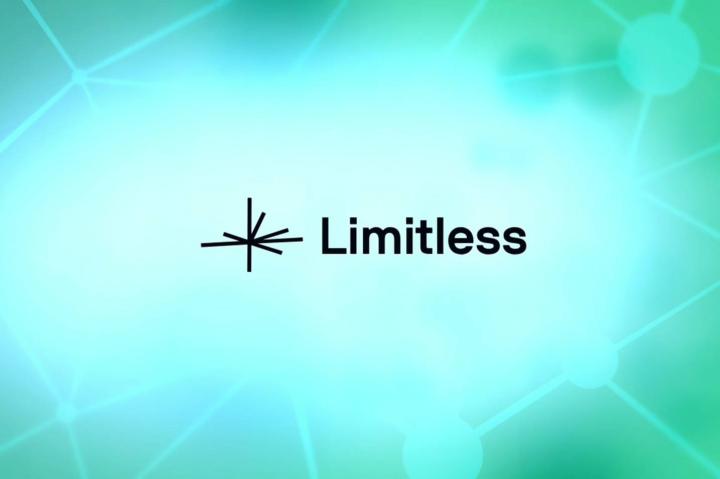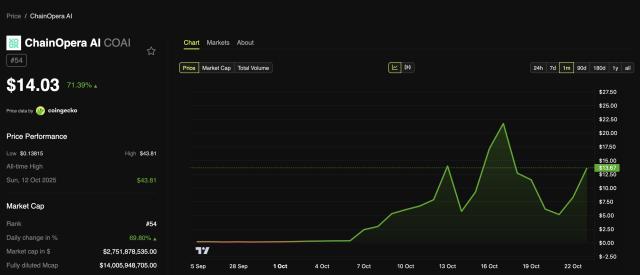As the global financial system continues to evolve, stablecoins are quietly reshaping our understanding of "currency." From gold to fiat currencies to digital assets on the blockchain, the form of currency is constantly changing, but humanity's pursuit of "stability" remains constant.
The issuance and management of currency is a very old industry. However, for the past several thousand years, it has mostly been monopolized by those with guns: dynasties and governments. Although Hayek wrote "The Denationalization of Money" in 1976, his theory lacked technical support at the time. It wasn't until the advent of blockchain technology, and particularly stablecoins, that the practical possibility of decentralized currency was realized. My definition of stablecoins may differ from the vast majority of global views. I believe that the world has already seen three generations of stablecoins.
The world's first generation of stablecoin is the "gold stablecoin".
For example, in the 19th century, the British pound , US dollar , and French franc were all directly pegged to gold. While gold-backed stablecoins offer stability to governments, they also hinder their ability to issue them arbitrarily, a drawback for politicians. Since the establishment of the Bretton Woods system in 1944, only one gold-backed stablecoin has remained: the US dollar. Various currencies were then pegged to the US dollar, which in turn was pegged to gold (US$35 per ounce).
The second generation of stablecoins, I like to call them "the world's first hand-rolled dollar stablecoins."
Nixon closed the "gold window" in 1971, and the US dollar ceased to be a "gold stablecoin." However, the world, lacking a better alternative, maintained the US dollar standard . This led to the emergence of currencies like the Hong Kong dollar, the AED (United Arab Emirates dirham), and the Saudi riyal, all of which rely on US dollar reserves as a stable currency .
The third generation of stablecoins are fiat stablecoins issued by non-sovereign entities and are based on blockchain, a global open and public computer network.
The most popular stablecoin at the moment is the US dollar stablecoin. The global M2 balance is currently around 130 trillion, but as of today, nearly 300 billion stablecoins have been issued on the blockchain.
What are the characteristics of third-generation stablecoins—also known as blockchain-based stablecoins? First, they are no longer solely issued by governments; the private sector is also involved. Second, blockchain technology opens up the internet, allowing more people around the world to own and use their preferred currencies, bypassing the control of their sovereign governments. For example, a Venezuelan taxi driver or a Nigerian dentist, faced with the constant disappointment of their national fiat currencies, would find a US dollar-based stablecoin a superior alternative. Among stablecoins, the US dollar currently holds an overwhelming advantage worldwide. I once asked Giacarlo, the CEO of Tether, the world's leading stablecoin issuer, in person. He explained that in the more than 10 years since Tether was founded, they had experimented with many other currencies, such as the euro and the renminbi, but ultimately failed. I asked him why, and he thought for a long time before telling me, "I think the world still only needs the US dollar."
Today I will share with you about Tether and USDT. Before I begin, I would like to share four key observations with you:
We all talk about RWAs, or Real World Assets, a concept that only gained popularity in 2025. However, the world's first RWA was for banknotes, with Tether being a pioneer . Compared to real estate, stocks, and bonds, banknotes on blockchains have a shorter value chain and are less regulated. Moreover, on-chain stablecoin transfers are over 100x faster, cheaper, and more convenient than traditional SWIFT, which explains the current popularity of stablecoins. Therefore, we all need to understand that RWAs are not a new concept; the world's first RWA was for banknotes.
2. Although Italy doesn't have any other major tech companies, this company is the largest tech unicorn company Italy has contributed to the world. :)
3. The cryptocurrency industry has contributed three of the world's top 25 wealthiest individuals: Giacarlo, CZ, and Satoshi Nakamoto. Cryptocurrency is the only industry with this explosive growth potential, while AI is bringing even greater value to established tech figures like Musk, Bezos, and Gates.

4. Seizing the opportunity is crucial. Looking at Tether's story, we can see that when it was time to be a pirate, the company acted as a focused and dutiful pirate, aggressively expanding without any aspirations of becoming a navy. And then, when it was time to be pacified, it tactfully embraced it. Since last year, it has been consistently surrendering to the Trump administration. This is a lesson each of us should learn from when investing, choosing a career, or starting a business.
Next, I will introduce the four stages of Tether's growth in detail:
Tether was founded in 2014 by its three founders. Initially branded as Realcoin, the project was officially renamed Tether in November of that year. Starting in 2015, the Bitfinex team gradually took control, and to this day, Giancarlo Devasini remains the de facto decision-maker behind the scenes.
The first stage of Tether’s growth is to make USDT the “traffic engine” of the exchange.
Centralized exchanges like Binance and Bitfinex are key drivers of USDT's rise. On September 4, 2017, the People's Bank of China and six other ministries and commissions jointly issued the "Announcement on Preventing Risks in Token Issuance and Financing," defining ICOs (Initial Coin Offerings) as "unauthorized illegal public financing activities," demanding an immediate halt to such activities and prohibiting fiat currency-token conversions. As a stablecoin, USDT offers a low-volatility entry point, making it easy for newcomers to the crypto market. Centralized exchanges attract traffic through USDT trading pairs, such as BTC/USDT, because it simplifies fiat currency conversions and avoids the hassle of bank KYC. In a sense, the People's Bank of China's oversight, Chinese users, and the introduction of USDT by Chinese-language exchanges have all been crucial factors contributing to USDT's rapid rise.
The second stage is to step out of the encryption circle, "embrace" the mainstream gray industry, and become a killer application of dark Fintech.
A 2024 UN report indicates that some USDT is being used in Southeast Asia's online casino black market, money laundering, and illicit finance. These "gray industries" include underground gambling, cross-border remittances for tax evasion, and even more serious illegal activities. USDT's anonymity and low cost facilitate large-scale transfers, with daily transfers exceeding $15 billion. This process has been a constant companion to USDT's rapid growth since 2017. Interested parties can search for this information.
The third stage is the transformation of USDT from an encryption tool to a popular alternative to the US dollar.
According to Tether's official data, as of October 2025, over 500 million on-chain wallets and accounts have received USDT, equivalent to 1.4 times the US population, not including the tens of millions of users who use it solely on centralized platforms. This allows the US dollar's hegemony to take flight on the internet and reach ordinary people.
Launched in 2014, USDT was initially intended to provide crypto traders with a stable anchor against the volatility of assets like Bitcoin. However, its real popularity stemmed from the economic pain points of emerging markets: high inflation, capital controls, and banking exclusion. Many residents of developing countries face rapidly depreciating local currencies (such as the Argentine Peso, Turkish Lira, or Nigerian Naira), and USDT provides a low-barrier exposure to the US dollar.
In the fourth stage, Tether discovered that the situation was changing after Trump came to power, and it embarked on the path of being a pirate offshore and a navy onshore.
In fact, before Trump was elected, the entire Tether company had been living in a state of paranoia about doomsday sentiment, especially after Binance's BUSD was shut down by US regulators. They also believed that they would be liquidated at any time, so they even came to the UAE and established a stablecoin dirham company, believing that this could serve as the future Noah's Ark.
But after Trump was elected, they quickly turned around, went to the White House to surrender in a high-profile manner, asked the Secretary of Commerce to invest in their own company, and began to issue U.S. onshore stablecoins.
In summary, Tether's growth story is a story of marginal innovation, a journey from the frontier to the mainstream . They were bold when it was time to be out in the wild, yet nimble enough to pivot when it was time to "join the party." Almost single-handedly, this company digitized the US dollar and brought it to every corner of the global internet.
In the story of Tether, we see not only the rise of a stablecoin empire, but also the wisdom of going with the flow: when the world is changing, only those who understand the cycle and dare to ride the wind can truly stay ahead of the wave.








